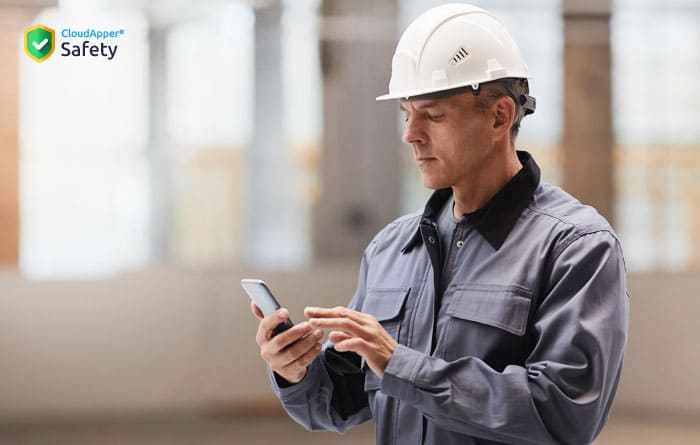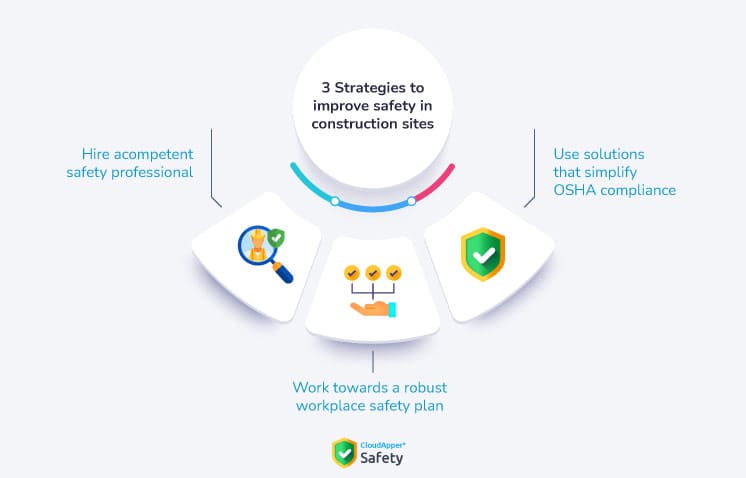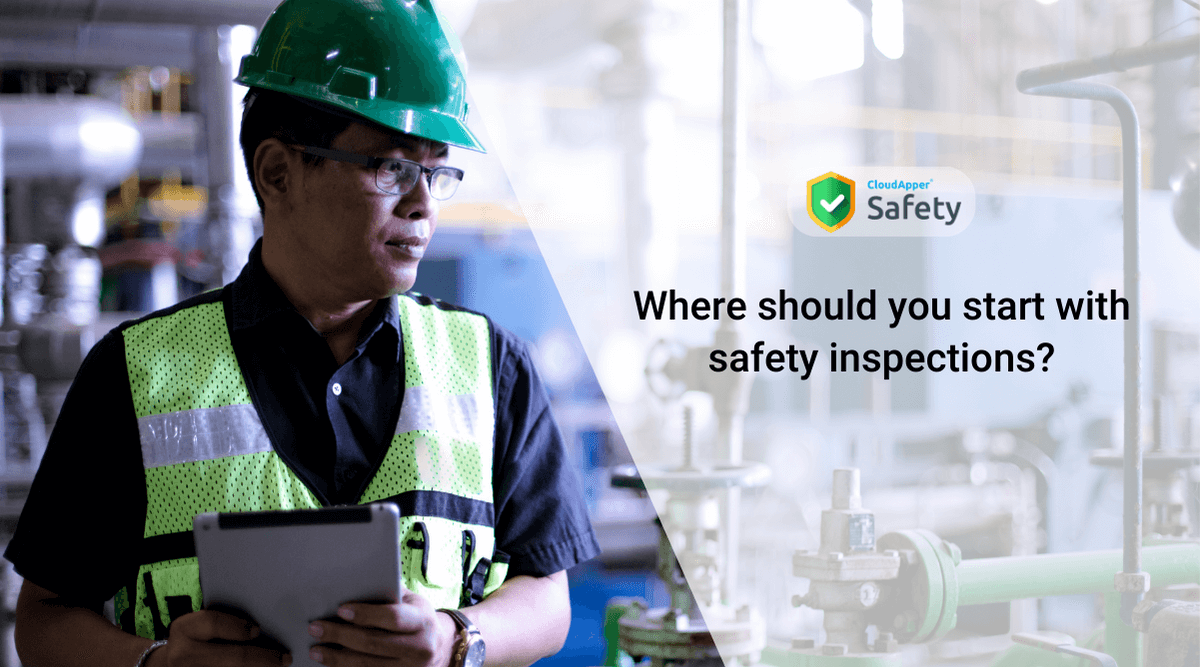Workplace safety is crucial for any given organization or industry. In the U.S., there’s an entire regulatory agency dedicated to it known as OSHA or Occupational Safety and Health Administration. While workplace accidents occur in any given industry, many argue that construction industry workers face the most dangerous hazards and risks. This applies to electrical contractors, residential construction workers, highway construction workers, and everyone else involved in construction work. For instance, hazards such as falls from heights, electrocution, and caught-in or -between hazards are quite common. The statistics also prove that construction work actually IS more dangerous than other jobs – all of these accidents might cost up to $500,000! That being said, let’s review some of the more common construction accidents and ways safety in construction sites can be improved to mitigate safety incidents and improve OSHA compliance.
5 Common accidents that hamper safety in construction sites
Before diving into the strategies that improve workplace safety within construction sites, taking a quick look at the actual accidents that occur will help us understand the seriousness and necessity of said strategies. Without further ado, the most common construction accidents are as follows:
Slips and trips
This is the most common type of accident that can be seen across any given workplace or industry. However, the ones that occur in construction sites are far more dangerous. Sharp objects such as nails, handsaws, shovels, and drilling machines are usually present on sites, and unprotected impact with them due to slips, trips, and falls leads to serious and sometimes fatal accidents. Moreover, exposed wires or debris on the floor also contribute to such accidents.
Falls from heights
Another common type of accident that occurs across all industries is falling from heights, and it is more dangerous in construction sites due to the materials present in the workplace. Falls from ladders, scaffolding, and roofing accidents are far too common and they must be addressed properly to improve workplace safety in construction sites.
Electrocutions
Construction workers are commonly surrounded by electrical equipment such as drilling machines, wires, etc., and are often electrocuted by these materials, with injuries ranging from minor shocks to even burns.
Machinery related accidents
Construction workers have to work with a range of materials from small tools to heavy machinery, and if not operated properly, they can cause serious accidents which might result in amputation, loss of an eye, or even death.

Struck by
Since some types of construction work require vehicles, workers are prone to get struck by vehicles such as forklifts, cranes, vans, and so on.
Those are some of the most common construction accidents and it shows how important ensuring safety in construction sites is. With that out of the way, let’s take a look at how to improve workplace safety for construction workers and ensure OSHA compliance in the process.
3 Strategies to improve safety in construction sites
Hire a competent safety professional
Safety professionals have one of the most important jobs in the workplace – monitoring and ensuring safety for everyone via different activities. They’re certified professionals who are experts on enhancing workplace safety. They monitor workplaces, inspect for unknown hazards that might compromise worker safety, manage training sessions, and come up with changes to existing workplace safety policies.
Safety professionals are becoming increasingly popular nowadays because more organizations are focusing on workplace safety. Construction companies already have a lot to manage and working towards workplace safety on their own will add to the administrative burden. While many might think that hiring a safety professional is just an additional cost, it will show results in the long term.
Hiring a safety professional does not only help employers alleviate the burden of ensuring workplace safety themselves but also ensures that workplace safety is improved overall. As a result, the management can focus on their day-to-day work while the safety professional manages the procedure for improving safety. This ensures worker safety, boosts the bottom line, avoids OSHA penalties, and ensures compliance with OSHA – creating a win-win situation for everyone involved.
Work towards a robust workplace safety plan
Most organizations, especially in construction, have outdated safety policies in place. Those that want to improve workplace safety must keep their safety policy updated. That involves learning about the latest practices both within and outside the industry, detecting the ones that fit your organization, and implementing them. Also, regularly updating the policy is something that many overlook – there are always new challenges brought on by new machinery, rules, guidelines, and so on. Thus, constantly working on the workplace safety plan significantly improves workplace safety as it adds new important practices and omits obsolete ones.
Use solutions that simplify OSHA compliance
There are several solutions available that mention OSHA compliance, but the one that stands out is CloudApper Safety for a variety of reasons. It is a robust OSHA recordkeeping software that streamlines OSHA compliance in a number of ways. It digitizes OSHA recordkeeping, keeps everything in a centralized location, and helps workers report incidents and accidents easily right from their smartphones. The best part is that authorized users can access it from their mobile devices, putting OSHA compliance management in the palm of your hands.
CloudApper Safety is the perfect workplace safety software for construction sites – how are you ensuring your employees’ safety?




















